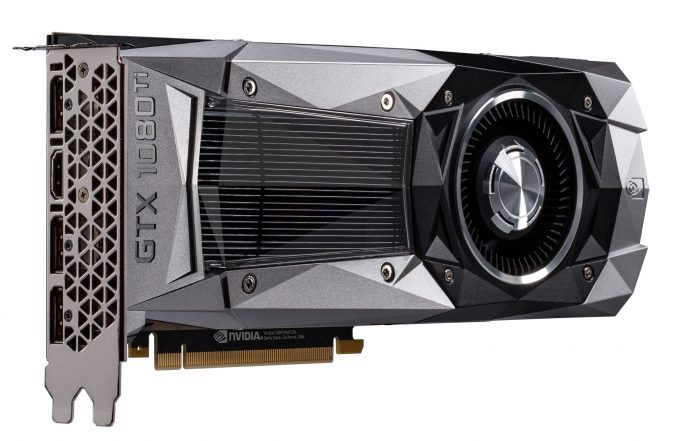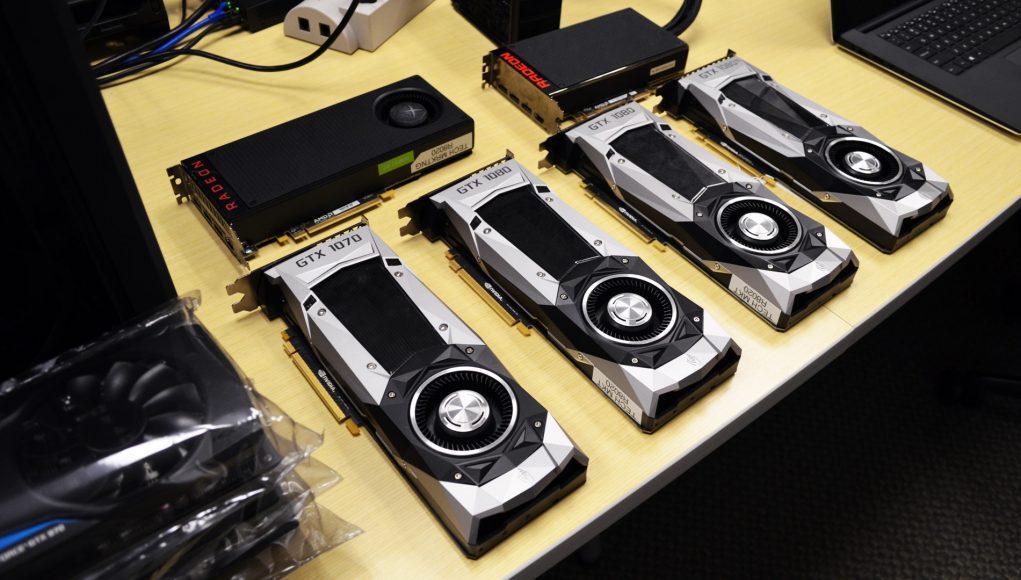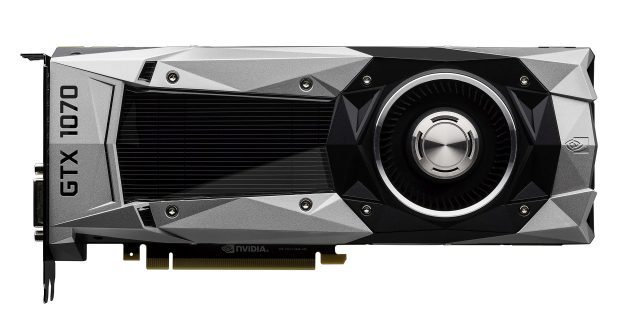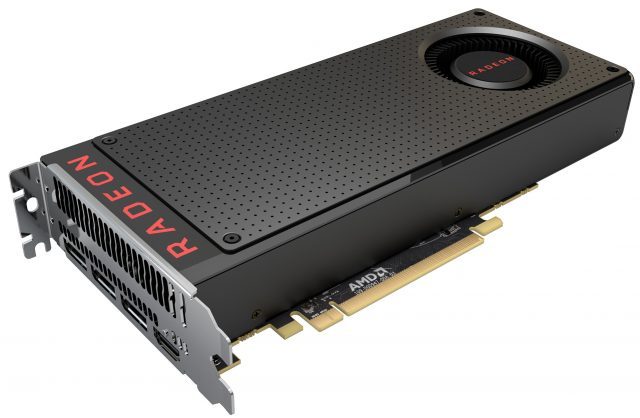Looking to get into virtual reality but need to beef up your gaming PC to handle it? Here’s a quick cheat sheet on our current top picks for NVIDIA and AMD Radeon graphics cards suited for virtual reality.
Among the myriad aspects of virtual reality which have evolved almost beyond recognition since the Oculus Rift Kickstarter ended in 2012, it’s the technical trickery used in modern VR rendering which has not only helped lower the barrier of entry for ‘VR Ready’ PC GPU hardware, it’s drastically enhanced the user experience for Oculus Rift and HTC Vive users while doing so. With VR hardware prices dropping, more people outside of VR enthusiast’s will be looking for guidance on solid hardware purchases for their new VR gaming PC – so we put together this short cheat sheet.
You can now run most VR experiences out there at acceptable levels of fidelity on relatively cheap hardware, but make no mistake, powering a first rate VR experience on the PC is still a taxing task requiring a little more investment. So, we’ve broken out our picks for what we think offer the current best value in VR graphics cards, which can deliver a great experience but not break the bank. To be clear too, there are cheaper GPUs out there capable of rendering an acceptable VR experience but in our opinion, the selection below is where you want to be aiming to ensure you’re getting the most from your Oculus Rift or HTC Vive VR headsets.
Mid-range VR Graphics Cards
NVIDIA GTX 1070
NVIDIA GTX 1070 Specs
- VRAM: 8GB GDDR5
- CUDA Cores: 1920
- Core Clock: 1506Mhz
- Boost Clock: 1683Mhz
Baby brother to the NVIDIA’s first ‘Pascal’ architecture GPU the GTX 1080, the 1070 (as with its GTX 970 forebear) once again represents the the most balanced purchase prospect in NVIDIA’s lineup for those interested in acceptiong few compromises from their VR experience but aren’t necessarily hardcore PC gaming enthusiasts. With 8GB of GDDR5 RAM, 1920 CUDA cores and a very respectable 6.5 Teraflops of performance, the cards will allow you to exceed the minimum recommended specs laid down by both Steam VR and Oculus, which will leave some headroom for application of moderate supersampling on many titles on Rift and Vive.
Like AMD, NVIDIA have flung themselves headlong into the VR arena, with their own suite of VR APIs for developers in VR Works and some interesting features introduced with Pascal aimed at virtual reality performance, including Lens Matched Shading and Simultaneous Multi-Projection.
Do shop around using the above link for different vendor’s take on the GTX 1070 though, as 3rd party efforts are generally cheaper or offer more options (custom coolers, PSUs etc.)
AMD RADEON 580
AMD Radeon 580
- VRAM: 4-8GB GDDR5
- Stream Processors: 2304
- Base Clock: 1257Mhz
- Boost Clock: 1340Mhz
AMD have shown great enthusiasm for the renaissance in virtual reality technology. The company has been on the forefront of the rush to support VR for the last few year with the dedicated VR API collection LiquidVR and their aggressive pricing strategy on their line of VR ready GPUs. Their previous generation Radeon 480 cards represented one of the most affordable, least compromised way to enjoy VR and its more recent replacement, the slightly tweaked Radeon 580, is no different.
A refresh to the company’s ‘Polaris’ GPU architecture, the 5xx line of cards is a drop in replacement for the previous 4xx range as, bar for some power usage optimisations, the cards are extremely similar. The 580 is a capable card whether faced with visually rich VR content or standard gaming. Although the Radeon 580 can’t quite muster the same levels of grunt as it’s NVIDIA counterpart the GTX 1070, it is significantly cheaper to buy (check out prices at the link in our boxout). We do recommend you opt for the more expensive 8G version however, in order to give you legroom for some supersampling.
High-end VR Graphics Cards
NVIDIA GTX 1080ti

NVIDIA GTX 1080ti Specs
- VRAM: 11GB GDDR5X
- CUDA Cores: 3584
- Core Clock: 1481Mhz
- Boost Clock: 1582Mhz
In our performance showdown article upon the cards release, Paul James acknowledged that NVIDIA’s Titan X beating graphics card was still an expensive prospect but that, if you really did want to push your VR experience beyond the ‘vanilla’ defaults, then the NVIDIA GTX 1080ti gives you the grunt to enhance visual fidelity by not only maxing out the in-game options of most VR titles available today, but by applying higher levels of supersampling to drastically reduce aliasing when inside VR.
Here’s a summary of Paul’s conclusion, but make sure to head over to the full performance comparison with FCAT VR benchmark results.
The GTX 1080 Ti provides a compelling price to performance prospect. Whilst Nvidia are still asking you to part with $700 for the privilege of thumbing your nose at Titan X owners, what you get as a standard gamer and as a VR enthusiast is the power to literally max the image quality capabilities of your chosen VR headset and a damn sight more.
…the ability to push VR titles at these resolutions, achieving in many cases a fully-rendered (i.e. with no need for reprojection and ASW) 90FPS mean your investment will very likely see you through to the next generation of VR headsets and beyond.
The only thing you may want to bear in mind is that, if you’re in the market for a powerful GPU, AMD’s new Radeon ‘Vega’ architecture will start powering new cards from AMD soon, with the ‘RX’ flavour likely to offer performance pitched somewhere between the GTX 1080 and the 1080ti, possibly for less money.
Check out some of our more in depth VR graphics card coverage below:









